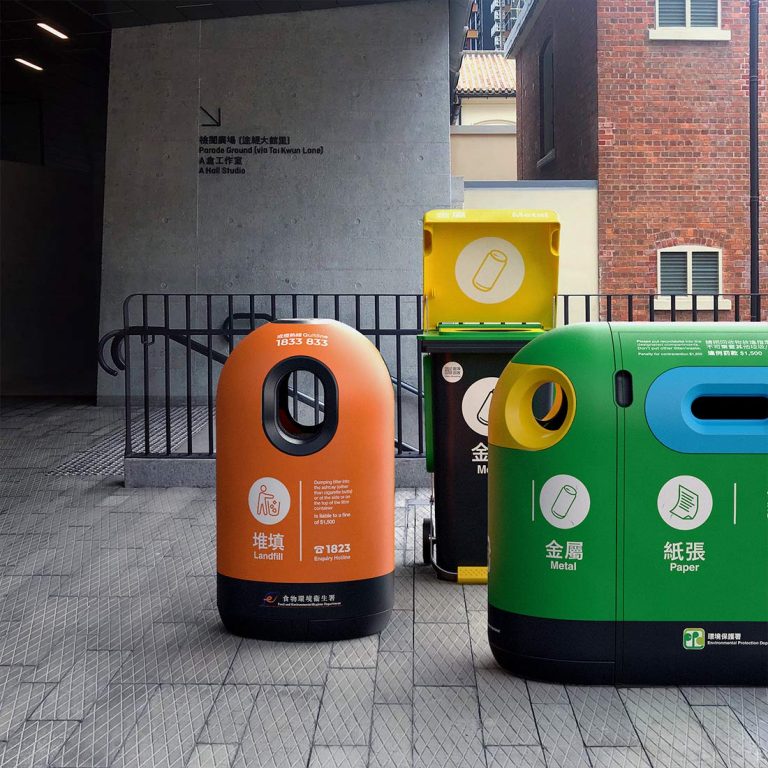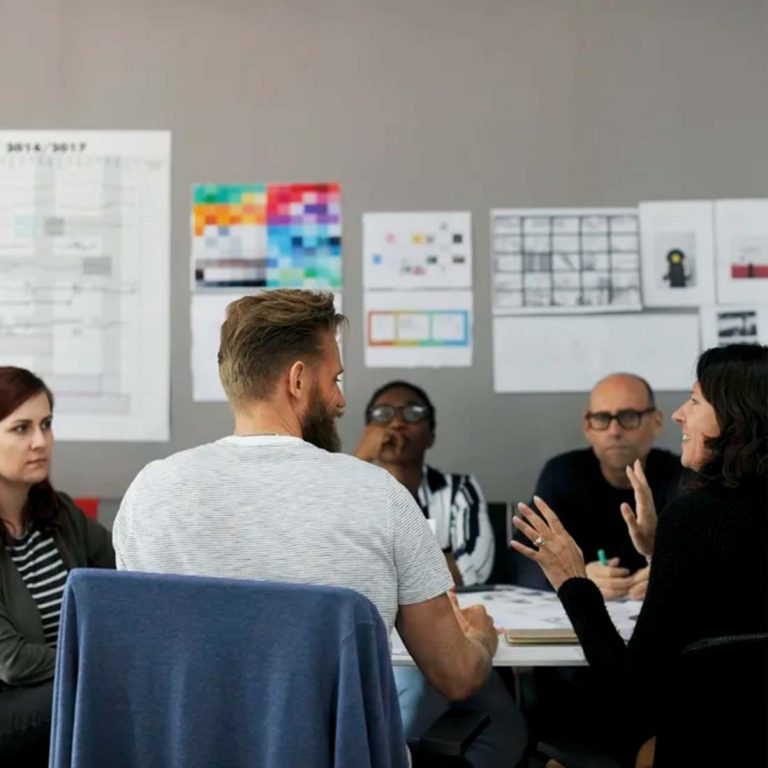The Big Cake
Staggering growth projection figures indicate that IoT is poised to explode in the coming years. According to IT research and advisory firm Gartner, Inc.:
- In 2016 6.4 billion connected things were in use globally.
- By 2020 an expected 20.8 billion devices will be connected globally.
Global demand for connected products will only grow stronger, opening up new business opportunities and attracting a new crop of startups and entrepreneurs jumping on the bandwagon, ready and eager to take part of the big cake.
Banking on the Close Bond
The bond between Hong Kong and Shenzhen provides some major advantages to a young entrepreneur. The blend of culture, governance, location and accessibility makes the region to one of the most appealing spots for IoT development, attracting companies and entrepreneurs from around the world.
Strategically situated at the doorstep to the world’s most advanced factories in Shenzhen, the English speaking, super connected, free and business savvy Hong Kong allows for startups to leverage the best of both worlds:
- Business and Legal: Hong Kong companies enjoy an English speaking international infrastructure, sophisticated and business-friendly legal system, easy business set-up with minimal red tape and low corporate tax at 16.5%.
- Sourcing: Shenzhen is a haven for sourcing everything you need in IoT-specific hardware. There are actual shopping malls dedicated for electrical components operated by the manufacturers themselves, thus improving speed and enabling cost-efficient prototyping.
- Manufacturing: Work closely with the manufacturer setting up production line and minimize hiccups that would lengthen lead time.
“ Despite recent trends of moving manufacture to more cost-effective regions, Guangdong still has the most mature and skilled production suppliers for IoT and high volume hardware,” says George Charkviani, Partner at Swedish product development firm ABOVE.”
Recent studies show the Pearl River Delta (PRD) is more open to the world and to the private sector than any other place in China. Zhejiang, the province that is home to globally minded Alibaba, has about 33,000 foreign-invested firms, and Shanghai about 75,000, but Guangdong has over 110,000. In Liaoning, an industrial province in the north-east, State Owned Enterprises (SOE’s) account for about 31% of total industrial revenues, and in Shanghai for more than 36%, but in Guangdong province the share is less than 14%. And the PRD alone generates nearly half of the mainland’s high-quality international patent filings, leading China on innovation.
Information Jet-Stream
Hong Kong is “super connected”. It is supported by advanced and reliable ICT infrastructure, very high broadband and mobile penetration rates and excellent Internet connectivity, providing a solid testing ground. Google and Facebook are jointly laying down the worlds fastest submarine cable named The Pacific Light Cable Network (PLCN) and connecting Hong Kong to Los Angeles. It will handle a staggering 120 terabytes of data per second. “PLCN will provide enough capacity for Hong Kong to have 80 million concurrent HD video conference calls with Los Angeles,” said Google’s director of networking infrastructure, Brian Quigley.
Tony Verb, Managing Partner at METTĀ, adds that the connectivity extends to business networking. “If there was a global capital of connectivity, then it is Hong Kong”. It doesn’t only have one of busiest ports and airports in the world, but also a genuine culture of networking and trading,” says Tony. “This network matters more than it looks by first sight as they all lead beyond Hong Kong.”
Tapping into the connected device market extends, of course, far and beyond finding the right geographic location to launch the business.
The Consumer Centric Era
More often than not, startups understand that to drive business growth, they must understand its consumers and cater to their needs. Many have gathered valuable customer insight and are asking their design team increasingly difficult questions to translate the insight into tangible ideas that would address the customer’s needs.
Design should help companies better understand their users’ needs to create innovative solutions. In fact, the average ratio of designers to engineers within a successful company has reportedly increased from 1:15 to 1:4 in in high value digital companies such as Airbnb and Uber. Companies like these see design as intrinsic to the product or service they provide. Analytics show that user experience has an intrinsic value in forging a positive brand image and a returning customer base.
The startups that place a high value on design and customer insight dramatically increase the chances of being one of the successful few that make it pass year one.
Looking at all the positive development happening, it’s just a matter of time before we have a home grown pen of unicorns. The synergy between Hong Kong’s rapidly growing and dynamic design industry and Shenzhen’s manufacturing creates a strong design-tech-entrepreneur ecosystem.



